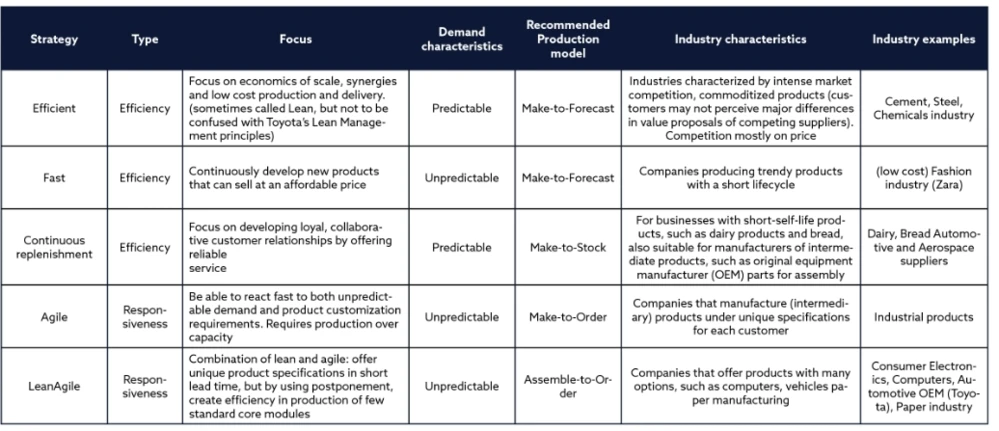Supply Chain
Within all production, wholesale and logistics companies, the set-up and organization of the supply chain is vital. BCI Global translates your business strategy in a feasible supply chain strategy. BCI’s service offering includes all aspects to develop and properly implement the right supply chain strategy through solid research and a feasible operating model. Our focus, as a supply chain consultant, is delivering results.
Only less than 30% of the internationally operating companies currently have end-to-end supply chain visibility. This is one of the surprising results of a survey of BCI Global and Supply Chain Media among leading supply chain executives.
The EU’s Carbon Border Adjustment Mechanism (CBAM) is a tool to put a fair price to the lifecycle of carbon intensive goods imported into the EU. As per October 2023, CBAM imposes a reporting obligation and carbon tax for companies importing designated goods, full implementation expected on January 1st, 2026.

We believe that supply chain strategy should follow business strategy, based on clear customer requirements. Once defined, it drives the other functional strategies such as procurement, manufacturing, planning and distribution so that these are all aligned. The visual below highlights the dependency between the business strategy and the supply chain and functional strategies.
Key elements driving the business strategy include the overall vision, the geographical markets, the go-to-market strategy with clear service level requirements per product-market-channel combination. As companies are serving various customers with different products with varying characteristics, it is paramount to differentiate your supply chain per product-market-channel rather than having a single size fits all approach.

- Efficient
- Fast
- Continuous replenishment
- Agile
- LeanAgile
- Flexible
The table below provides more detail on these six archetypes.

These archetypes fully describe all the supply chain process elements that are required to have a well-defined strategy. The BCI framework consists of 40 elements such as management focus, product related strategies (such as inventory strategy, level of customization), sourcing, production and fulfillment strategy elements. The benefit of using an archetype, is that all functional elements are internally consistent and aligned with each other.
Your company can use the archetype that fits best to design your supply chain strategy. This is done through a 3-step approach:
- Identify key characteristics of your business environment, customer requirements and the unique value proposal you are offering to the market.
- Based on this, the framework will indicate which archetype supply chain strategy has the best fit. You can use this as the foundation to design your own supply chain strategy.
- Once the overall supply chain strategy is determined, the framework will then give guidance on the configuration of your supply chain processes at functional level below (through these 40 elements). Of course you could deviate from this guidance, and in some cases that might be justified on some uniqueness in your business, but in most cases following the framework guidance yields the best results. In this way the BCI framework shows how overall supply chain strategy sets the direction for each function, to ensure alignment between each functional strategy and the overall supply chain strategy.



